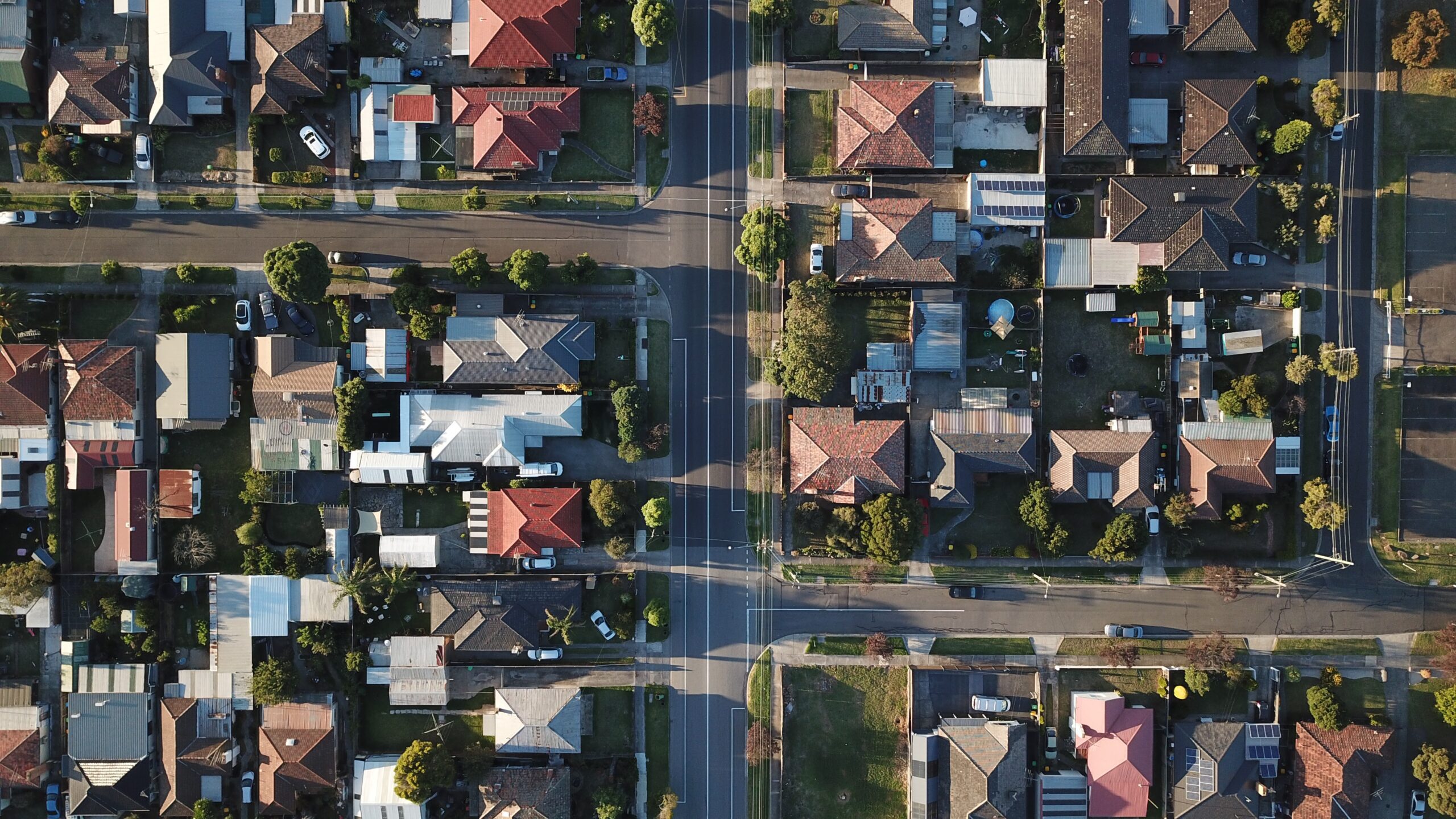
A study in the United States found that certain neighborhood factors may impact the quality of life of cancer survivors. The researchers found that low socioeconomic status, high minority composition, increased population density, more unhealthy restaurants, and more non-single-family units, were associated with lower physical and mental health scores among cancer survivors.
The study also identified different neighborhood scenarios based on various combinations of built environment, socioeconomic composition, and demographics. These archetypes provided insights into how neighborhood characteristics can impact the quality of life of cancer survivors.
While the study has some limitations, the findings contribute to the understanding of how neighborhood characteristics can influence the well-being of cancer survivors and may aid in developing targeted interventions to improve cancer survivorship outcomes in underserved populations.









Comments
Thank you. Comment sent for approval.
Something is wrong, try again later